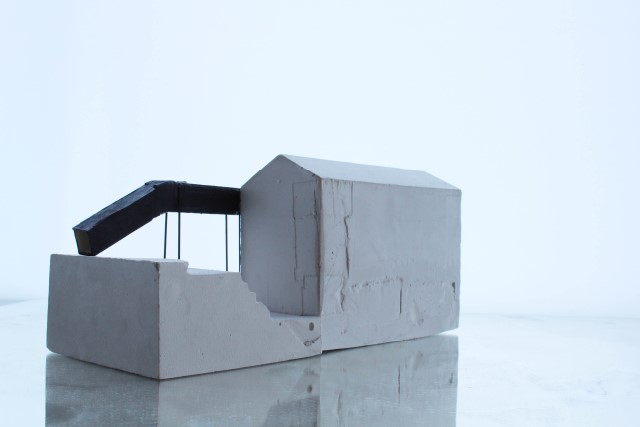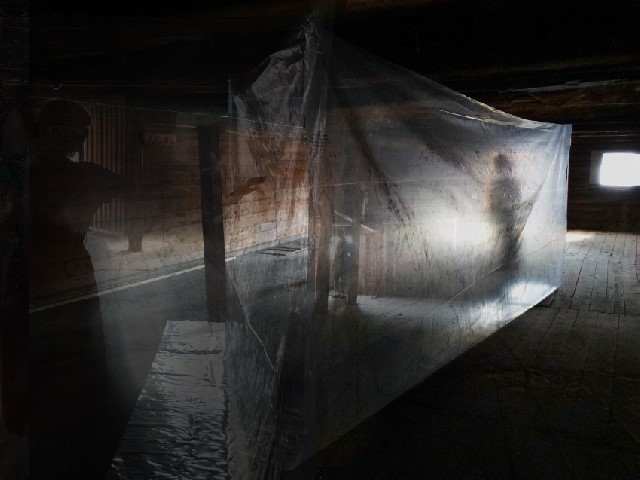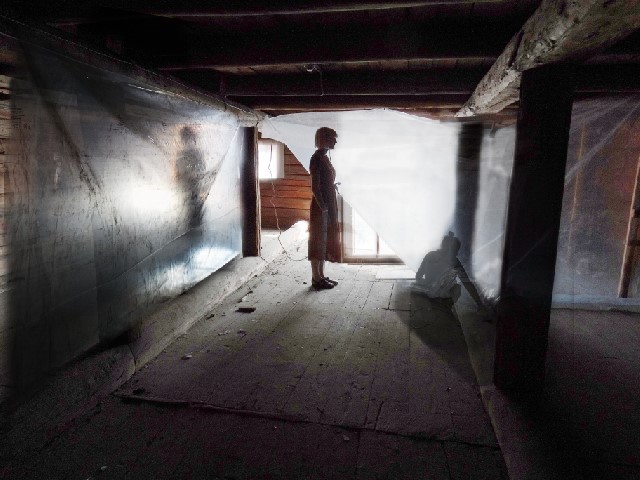Diploma 2018: "Riverside Rhythms and a boathouse – towards a stronger relation between a city and its river " by Carmen Roman
Tutors: Andre Fontes (APP), Thomas Wiesner (DAV), Harald Røstvik (Sustainability), Anne Sofie H. Bjelland (TTA)
Trondheim — a city in the middle of Norway. The front faces the fjord, the back — the mountains of Trøndelag. There is a river going through it, in the middle and it has the name of Nidelva. The river was the starting point for the city’s development. Boats and people gathered here, to sell their goods. They built tall boathouses, which had a function during that time. Today they don’t. There are many of them, shoulder to shoulder facing the river. As a community they all stand together, closely, but still independent and strong. They have different colours and width. The rooms inside are empty, but filled with history. Going through them, they give you different experiences of space. Some rooms are light, others dark. Some tall, and some low. The material is warm, old wood being the representative. Even if it’s lacking the human touch today, you can clearly see the craftsmanship behind every column and beam. The rooms have one thing in common; Openings, facing the water on one side, the city on the other. Standing in one of the openings, you overlook the street or the identical row of houses on the opposite side of the river. Having small glints of the insides of these sister buildings. People looking back at you, people working on the boat that once came through — it is all about the small peak holes of the life existing on the inside. The private, but still so open — one start imagining how it once was and what it one day could be.
‘Riverside rhythms and a boathouse’ is a project that attempts to connect the story of the boathouses and the city closer together with its residents. The boathouses who represent an important aspect of the city’s history, are continuously being listed in an attempt to conserve them. But the degree of preservation is made harder, so that the attempt of saving these historical fragments works against its purpose. The layout of buildings that once served a purpose of storage, import and export, is no longer shaped for people. The result is the boathouses being observed in their beauty from a distance, slowly fading in the lack of life within.
Kjøpmannsgata— the street of tradesmen — runs along this row of boathouses. This was, like the houses, once flourishing with life and people. Today it is a one-way street for cars, taking one over the river in the end and out of the city. There are some public interactions along the street, but since the hierarchy of the users are not pedestrians, the car takes over and the public space is overlooked. Even if it is in the middle of two active zones of the city, Kjøpmannsgata is disconnected from the rest.
The project, that initially aimed to work with housing, the home and shared living, took a turn after the choice of site. The site demands a different approach, and the result is a three layered, three scaled one. One deals with the street and the row of houses in an urban scale, two is a tentative acupuncture of trigger-points between the street and the boathouses to draw the spectator closer and into the situation rather than observing from afar, and three is a study of one specific boathouse, its potential and value. The specific boathouse is Huitfeldtbrygga, the oldest in the row, listed and decaying. The suggestion that has developed is not necessarily with specific program or looks to a specific user, but rather explores the potential of the existing structure. It is a dialogue with the boathouse, a careful transformation into a house that can be more than just a part of a postcard. Removing parts of floors to create rooms where one can stand up straight, suggesting interventions and additions that does not harm the historical value but rather reflects it. Huitfeldtbrygga slowly transforms from a boathouse to a house that tells its story, that opens up for the public — wanting to be a part of the city’s community; where it shares its historical lines with the people of Trondheim. With this, a statement is made, one that claims care for a building, a care that can only come with use.

?




